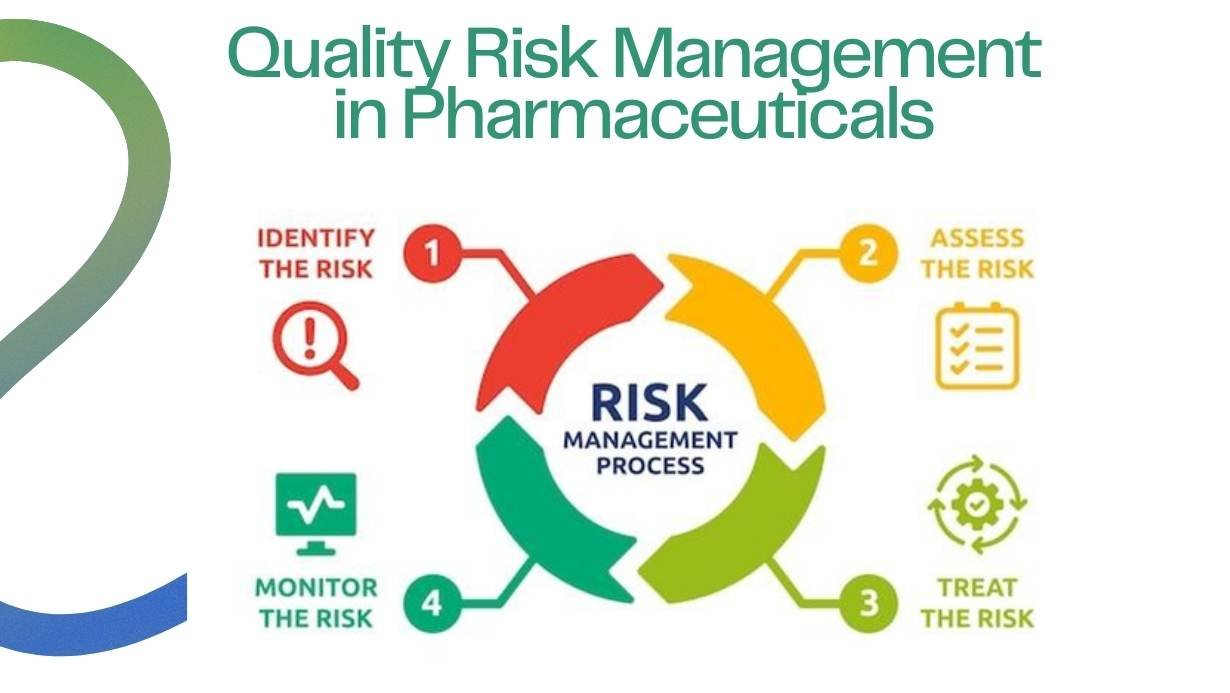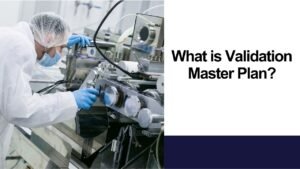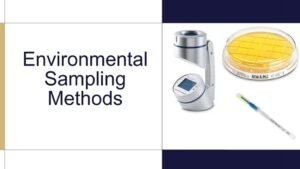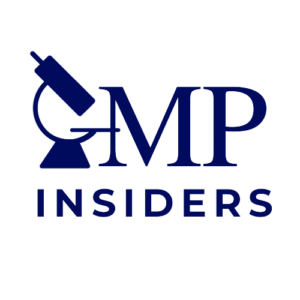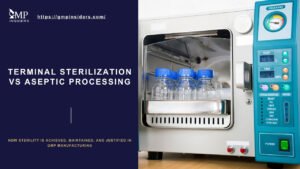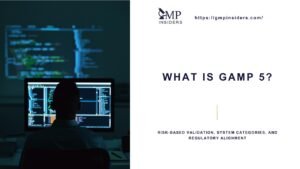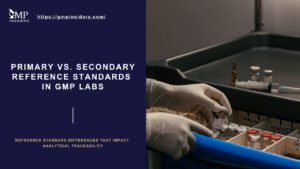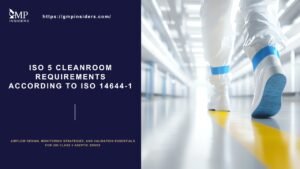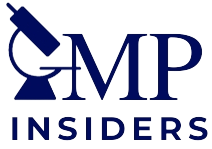Quality risk management (QRM) is a crucial aspect of ensuring the safety, efficacy, and reliability of pharmaceutical products. It involves a systematic approach to assessing, controlling, communicating, and reviewing risks throughout the product life cycle.
In this comprehensive guide, we will explore the principles, processes, and applications of quality risk management in the pharmaceutical industry, with a focus on the guidelines provided by the International Conference on Harmonization (ICH) and the Food and Drug Administration (FDA).
Introduction to Quality Risk Management
Quality risk management (QRM) is a systematic process that assesses, controls, communicates, and reviews risks associated with the quality of medicinal products throughout their lifecycle. It is an integral part of good manufacturing practices (GMP) and plays a critical role in ensuring patient safety and product quality.
The primary objective of QRM is to identify potential risks and develop strategies to minimize or eliminate them. By adopting a proactive approach to risk assessment and management, pharmaceutical companies can prevent quality issues, reduce the likelihood of adverse events, and maintain the integrity of their products.
Understanding the ICH Q9 Guideline
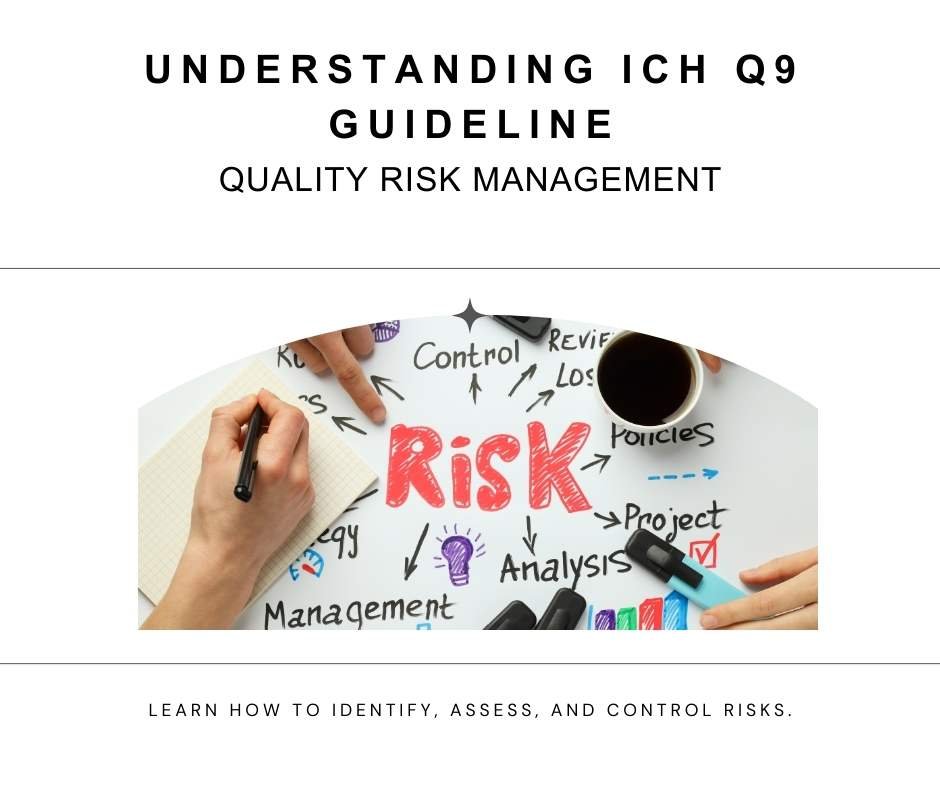
The International Conference on Harmonization (ICH) has developed guidelines, such as ICH Q9, to standardize quality risk management practices in the pharmaceutical industry. These guidelines emphasize the importance of scientific knowledge, risk evaluation, and risk control in protecting consumers and ensuring product quality.
Adhering to these guidelines can help companies make informed decisions, prioritize resources, and maintain transparency with regulatory authorities.
Quality Risk Management Principles
The principles outlined in ICH Q9 serve as the foundation for effective quality risk management. Scientific knowledge, including data and research, should form the basis for risk evaluation and decision-making. The level of effort, formality, and documentation should be proportional to the risk level. This ensures that higher-risk situations receive more attention and resources.
Benefits of Quality Risk Management
Implementing quality risk management offers several advantages for pharmaceutical companies. Data-driven decision-making replaces subjective judgments, prioritizing the impact on patient safety.
It also helps companies allocate resources efficiently, build trust among stakeholders, and comply with regulatory requirements, such as current Good Manufacturing Practices (cGMP). By integrating quality risk management into their operations, companies can enhance product quality, reduce the likelihood of recalls, and protect their brand reputation.
The Process of Quality Risk Management
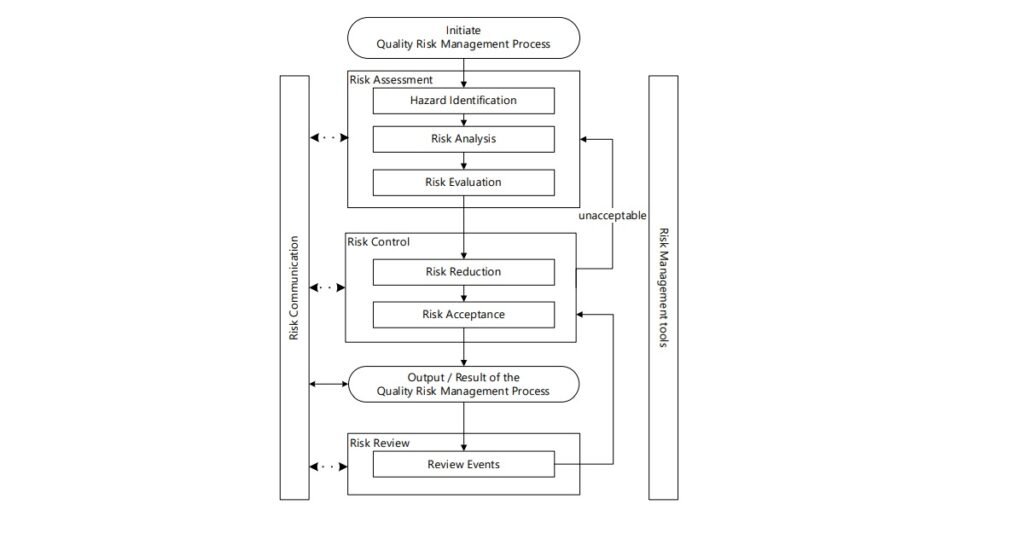
Figure 1: Overview of a typical quality risk management process by ICH Q9 guideline
Quality risk management follows a systematic process that involves five key steps: forming a cross-functional QRM team, risk assessment, risk control selection, risk control implementation, and risk review & communication. These steps, as outlined in ICH Q9, provide a structured approach to identifying, evaluating, and mitigating risks throughout the entire product life cycle.
Step 1: Initiating a Quality Risk Management Process
The initiation of a Quality Risk Management Process, as outlined in the ICH Q9 guidelines, is a critical step in ensuring pharmaceutical quality and safety. This process starts with defining the problem or risk question, which involves identifying potential risks and making pertinent assumptions about them. This step is foundational, as it sets the scope and focus of the entire risk management effort.
Gathering background information or data on potential hazards and their impact on human health is the next crucial step. This phase involves thorough research to understand the nature of the risk, its possible causes, and consequences. This data forms the basis for any risk assessment and helps in making informed decisions.
Appointing a leader and allocating necessary resources is another vital step. The leader plays a pivotal role in steering the risk management process, ensuring that the team remains focused on the objectives and that the process is aligned with organizational goals. The resources – be it personnel, time, or financial – must be adequate to support the risk management activities effectively.
Finally, specifying a timeline, deliverables, and the level of decision-making is essential for keeping the risk management process on track. Setting clear deadlines and expected outcomes helps in maintaining momentum and focus while defining the decision-making hierarchy ensures that decisions are made efficiently and by the right people.
Step 2: Risk Assessment
Risk assessment is a crucial step in quality risk management, where potential hazards are identified, and the likelihood and severity of adverse events are evaluated. This step involves asking critical questions about safety risks, identifying populations at risk, and determining if risks are preventable. By understanding the root causes of risks, companies can measure their probability of occurrence and interpret their impact on product quality.
Hazard Identification
Hazard identification in quality risk management systematically uses diverse information sources, like historical data and expert opinions, to identify hazards related to a defined risk.
This step addresses the question “What might go wrong?” and its possible consequences, forming the basis for further risk management steps. It’s a critical component, ensuring a comprehensive understanding of potential risks before proceeding to risk analysis and evaluation.
Risk Analysis
In the realm of quality risk management, particularly within the pharmaceutical sector, risk analysis is a pivotal phase that follows hazard identification. This process involves estimating the risk linked to identified hazards, using either qualitative or quantitative methods.
The essence of risk analysis lies in its ability to correlate the likelihood of occurrence with the severity of potential harms. A unique aspect of some risk management tools is the inclusion of detectability in risk assessment, considering how easily a potential harm can be identified.
This multi-dimensional approach to risk analysis ensures a thorough understanding of potential risks, which is fundamental to crafting effective risk management strategies.
Risk Evaluation
In the comprehensive process of quality risk management, risk evaluation is a critical stage where the identified and analyzed risks are compared against established risk criteria. This evaluation considers the strength of evidence for the fundamental risk questions, emphasizing the importance of a robust data set.
It acknowledges the role of uncertainties, arising from incomplete knowledge or process variability, in shaping the risk assessment’s output. This output can be either a quantitative estimate or a qualitative description of risk.
Quantitative assessments provide specific probabilities, while qualitative assessments use terms like “high”, “medium”, or “low”. Some tools also incorporate a relative risk measure, blending various levels of severity and probability into a consolidated risk estimate, often enhanced by intermediate steps of quantitative estimation.
Step 3: Risk Control
Risk control in quality risk management is an essential component in ensuring product safety and efficacy in various industries, including pharmaceuticals. This process involves critical decision-making aimed at reducing or accepting risks to maintain them at an acceptable level.
The extent of effort invested in risk control is directly proportional to the significance of the risk involved. Key aspects of risk control include evaluating whether the risk is above an acceptable level, identifying strategies to reduce or eliminate risks, balancing benefits against risks and resources, and assessing the potential for new risks introduced by risk control measures.
Risk Reduction
Risk reduction strategies focus on mitigating or avoiding quality risks that exceed acceptable levels. These strategies often include actions that reduce the severity and probability of harm and can involve enhancing the detectability of hazards and risks.
An important consideration in risk reduction is the potential for introducing new risks into the system or increasing the significance of existing ones. Therefore, following the implementation of risk reduction measures, it may be necessary to revisit the risk assessment process to identify and evaluate any changes in risk.
Risk Acceptance
Risk acceptance is another facet of risk control, where a decision is made to accept a certain level of risk. It acknowledges that in some scenarios, even the most robust quality risk management practices might not eliminate all risks.
In such cases, it is determined that an appropriate risk management strategy has been applied and that the risk has been reduced to a specified acceptable level. This acceptable level varies depending on many factors and should be decided on a case-by-case basis.
Overall, risk control is a dynamic and critical process in quality risk management, requiring continuous evaluation and adjustment to ensure that risks are maintained at acceptable levels while achieving the desired balance between risk reduction and resource allocation.
Step 4: Risk Communication
Risk communication in quality risk management is a crucial process of sharing information about risk and risk management among decision-makers and other stakeholders. This communication can occur at any stage of the risk management process and involves conveying information about various aspects of risk, such as its existence, severity, and control measures.
The goal is to ensure all parties, including regulators, industry, and patients, are informed about the risks and the decisions made to manage them. Effective communication is integral for transparency and informed decision-making, and it often occurs through established regulatory channels and internal company procedures.
Step 5: Risk Review
Risk management in quality management should be a continuous process, involving regular monitoring and review. The risk management outcomes should be periodically reassessed in light of new information or experience. This ongoing process applies to both planned events (like audits or product reviews) and unplanned events (such as failure investigations).
The frequency of reviews depends on the risk level, and it’s important to reconsider risk acceptance decisions as part of this process. This approach ensures that risk management remains dynamic and responsive to changing circumstances.
Tools and Techniques for Quality Risk Management
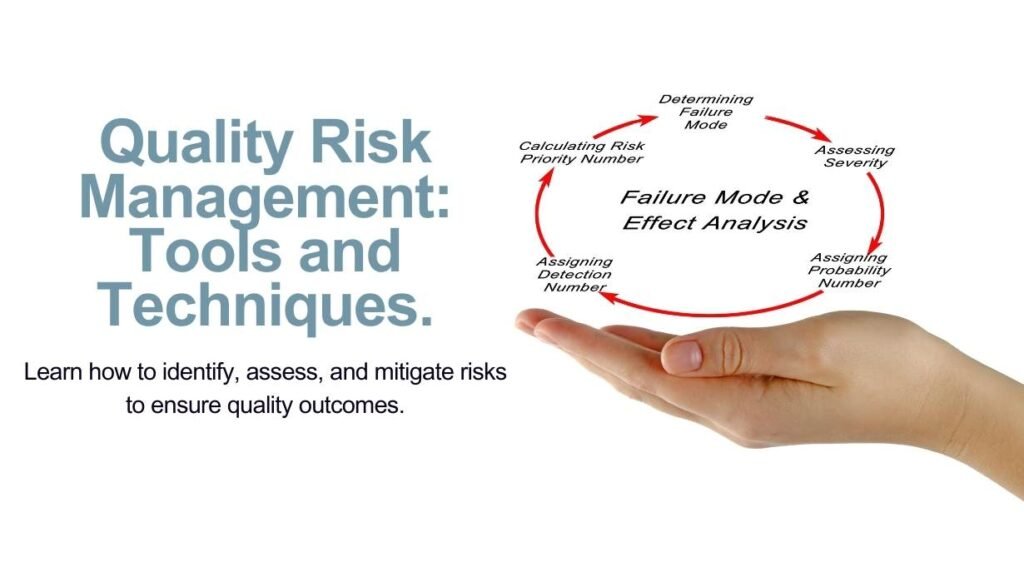
Quality risk management can be supported by various tools and techniques to facilitate the assessment, control, and communication of risks. Some commonly used tools include Failure Mode Effects Analysis (FMEA), Hazard Analysis Critical Control Points (HACCP), and Hazard Operability Analysis (HAZOP).
These tools provide systematic approaches to identifying potential risks, evaluating their severity, and implementing appropriate control measures. By utilizing these tools, pharmaceutical companies can enhance their risk management strategies and ensure the safety and quality of their products.
Failure Mode Effects Analysis (FMEA)
Failure Mode Effects Analysis (FMEA) is a methodical approach to identifying potential failures in processes, products, or designs and mitigating their negative impact. This tool involves analyzing failure modes, their effects, and the criticality of these effects. By understanding potential failures and their consequences, companies can develop strategies to prevent or reduce the likelihood of these failures occurring.
Hazard Analysis Critical Control Points (HACCP)
Hazard Analysis Critical Control Points (HACCP) is a preventive, systematic approach used to identify and control hazards in the manufacturing process. Originally developed for the food industry, HACCP has been adapted for use in the pharmaceutical industry.
This tool involves identifying hazards at each step of the production process, determining critical control points, and implementing measures to prevent, mitigate, or eliminate these hazards. HACCP ensures that potential risks are proactively addressed to maintain the safety and quality of pharmaceutical products.
Hazard Operability Analysis (HAZOP)
Hazard Operability Analysis (HAZOP) is a risk management technique used to identify functional flaws in manufacturing systems. It involves systematically examining different scenarios in which a process, design, or procedure may deviate from its intended function.
By identifying potential deviations and their causes, companies can implement controls to prevent or mitigate risks. HAZOP is a valuable tool for assessing and managing risks associated with complex manufacturing processes.
Tool (Acronym) | Full Name | Description | Application in Pharmaceutical QRM |
FMEA | Failure Mode Effects Analysis | A systematic method for identifying potential failure modes, determining their effects on the operation of a product or process, and identifying ways to mitigate these effects. | Used to anticipate and prevent possible failures in manufacturing processes, equipment, and product design. |
HACCP | Hazard Analysis Critical Control Points | A preventive approach that identifies, evaluates, and controls hazards which are significant for food safety (adapted for pharmaceuticals). | Applied to ensure safety by identifying and controlling potential biological, chemical, and physical hazards in the production process. |
HAZOP | Hazard Operability Analysis | A structured and systematic examination of a complex planned or existing process or operation to identify and evaluate problems that may represent risks to personnel or equipment. | Utilized for assessing risks in pharmaceutical manufacturing processes, particularly for new or complex processes. |
Applications of Quality Risk Management in the Pharmaceutical Industry
Quality risk management has broad applications throughout the pharmaceutical industry, spanning various stages of the product life cycle. Let’s explore how QRM can be applied in different areas:
Product Development
During product development, quality risk management can help identify and mitigate risks associated with raw materials, manufacturing processes, and clinical trials. By conducting risk assessments, companies can address potential hazards, evaluate the likelihood of adverse events, and implement preventive measures. QRM ensures that potential risks are proactively managed, leading to safer and more effective pharmaceutical products.
Manufacturing
In the manufacturing phase, quality risk management is crucial for ensuring product quality and preventing risks that could compromise patient safety. QRM can be used to assess and control risks related to equipment failure, operator error, contamination, and deviations from established procedures. By implementing risk control measures and continuous monitoring, companies can maintain consistent product quality and minimize the likelihood of defects.
Distribution
Quality risk management plays a significant role in the distribution of pharmaceutical products. Risks associated with transportation, storage, and handling can impact product quality and patient safety.
QRM can be used to identify and assess risks in the distribution process, such as temperature control, product damage, and counterfeiting. By implementing risk control measures, such as proper handling and monitoring, companies can ensure that products reach patients in optimal condition.
Post-Market Surveillance
Even after products are on the market, quality risk management remains essential for monitoring and managing risks. QRM can be applied to assess the risks associated with drug interactions, adverse drug reactions, and drug abuse. By actively monitoring and evaluating risks, companies can take appropriate actions to mitigate potential harm and protect patient safety.
The Importance of Quality Risk Management in the Pharmaceutical Industry
Quality risk management is of utmost importance in the pharmaceutical industry for several reasons:
Patient Safety
Ensuring patient safety is the primary concern in the pharmaceutical industry. Quality risk management helps identify and mitigate risks that could pose a threat to patient safety. By proactively managing risks, pharmaceutical companies can minimize the occurrence of adverse events and protect the well-being of individuals relying on their medications.
Regulatory Compliance
Compliance with regulatory requirements is critical in the pharmaceutical industry. Implementing quality risk management practices, as outlined in guidelines such as ICH Q9, helps companies meet regulatory standards and demonstrate their commitment to quality.
By incorporating risk assessment and control measures, companies can ensure that their products comply with Good Manufacturing Practices (GMP) and other relevant regulations.
Efficacy of Treatments
Quality risk management directly impacts the efficacy of pharmaceutical treatments. Consistent and reliable manufacturing processes ensure that each batch of medication meets the intended specifications. By managing risks effectively, companies can minimize variations in product quality, leading to more reliable and effective treatments for patients.
Brand Reputation
Maintaining a positive brand reputation is crucial for pharmaceutical companies. Quality risk management plays a significant role in protecting and enhancing brand reputation. By consistently delivering high-quality products and demonstrating a commitment to patient safety, companies can build trust and confidence among healthcare professionals, patients, and regulatory authorities.
Risk Mitigation
Quality risk management helps companies identify and mitigate potential risks before they escalate into larger problems. By proactively addressing risks, companies can prevent costly recalls, legal consequences, and damage to their reputation. Effective risk mitigation strategies, supported by robust risk assessment and control measures, allow companies to minimize the impact of risks on their operations and protect their bottom line.
Common Challenges in QRM Implementation
Implementing Quality Risk Management (QRM) in organizations, especially in industries like pharmaceuticals, can encounter several significant challenges.
Resistance to Change
One of the primary challenges in implementing QRM is resistance to change. Employees and management might be reluctant to adopt new methodologies due to comfort with existing practices or skepticism about the new system’s benefits. Overcoming this resistance is crucial for successful QRM implementation.
Lack of Expertise
Another major hurdle is the lack of QRM expertise. Many organizations do not have personnel with sufficient knowledge or skills in QRM. This gap can lead to ineffective risk management strategies and hinder the overall quality improvement process.
Resource Constraints
Implementing QRM also often faces constraints in terms of resources. This includes limitations in budget, technology, and human resources. Without adequate resources, even the best-planned QRM strategies can fail to be effectively implemented.
Addressing these challenges is crucial for the successful integration and functioning of QRM systems in organizations.
Solutions for QRM Challenges
To effectively address the challenges in Quality Risk Management implementation, a detailed and strategic approach is needed.
Comprehensive Training and Skill Enhancement
Developing in-depth training programs is critical. These should not only cover the basics of QRM but also delve into advanced risk assessment and mitigation strategies. Continuous learning opportunities, such as workshops and seminars led by QRM experts, can keep the staff updated on the latest practices and technologies.
Strong Leadership and Management Involvement
Management’s role extends beyond resource allocation. They should actively champion the QRM initiative, demonstrating its importance through their involvement and decision-making. Leadership training can also prepare managers to effectively lead QRM efforts.
Integrating QRM with Organizational Culture
QRM should not be seen as a standalone process but as part of the organization’s culture. This involves aligning QRM objectives with overall business goals and ensuring that every department understands its role in risk management.
Leveraging Technology for Effective QRM
Investing in the right technology can streamline QRM processes. Automated tools and software can help in risk identification, assessment, and monitoring, making the process more efficient and accurate.
Regular Review and Adaptation
The QRM process should be dynamic, with regular reviews and updates based on feedback, new risks, and changes in the industry. This approach ensures that the QRM strategy remains relevant and effective.
Promoting Open Communication
Creating a culture of open communication where staff can freely discuss risks and uncertainties is vital. This can be facilitated through regular meetings, suggestion schemes, and an open-door policy for discussing risk-related issues.
Risk Management as a Shared Responsibility
Cultivating a sense of shared responsibility for risk management across all levels of the organization ensures collective engagement and commitment to the QRM process.
By implementing these solutions, organizations can overcome the challenges in QRM implementation, leading to a more robust and effective risk management framework.
Automated and Digitized Solutions for Quality Risk Management
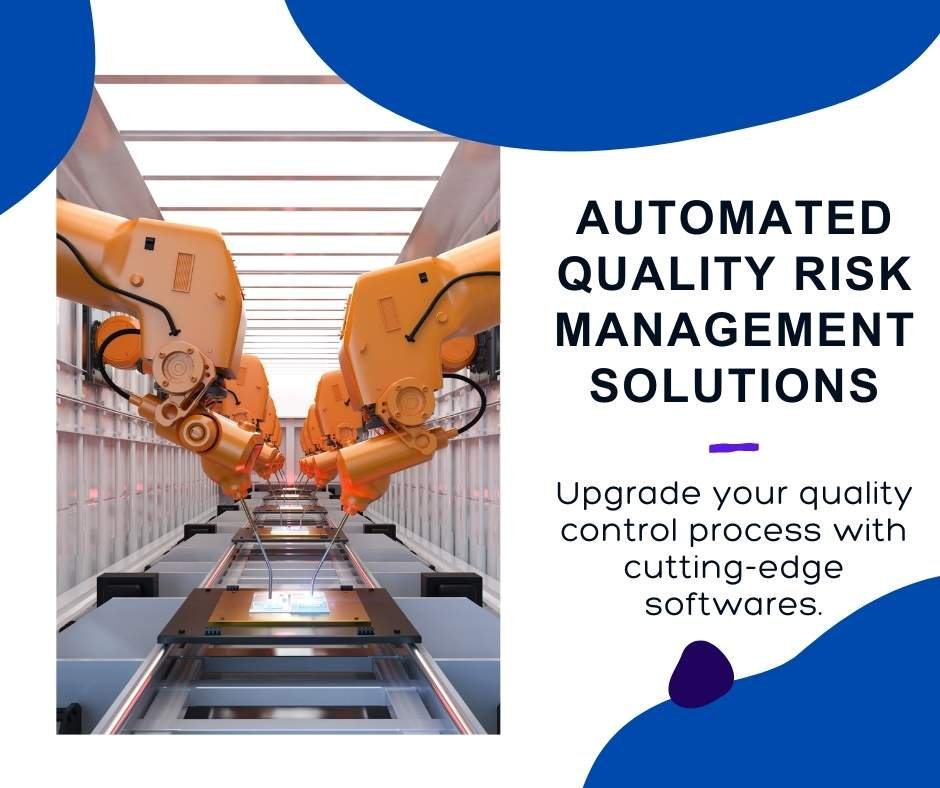
Advancements in technology have led to the development of automated and digitized solutions for quality risk management. These electronic quality management solutions offer several benefits, including increased efficiency, accuracy, and transparency in managing risks.
Advanced Automated Inspection Systems
Modern automated systems use high-resolution cameras and sophisticated sensors to inspect pharmaceutical products. This technology not only speeds up the inspection process but also enhances accuracy, reducing the likelihood of human error.
Data Analytics and Big Data
The use of data analytics tools in QRM is transformative. By analyzing large sets of manufacturing data, these tools can detect trends and anomalies that might indicate potential risks. This proactive approach in risk identification allows for quicker responses and more effective risk mitigation strategies.
Artificial Intelligence (AI) in Risk Prediction
AI is playing an increasingly pivotal role in QRM. Through machine learning algorithms, AI systems can predict potential quality defects, process failures, or compliance issues. This predictive capability is invaluable in preemptive risk management, ensuring higher standards of quality and safety.
Digital Twins for Risk Simulation
The concept of ‘digital twins’ – virtual replicas of physical processes – enables organizations to simulate and analyze the risk in a controlled digital environment. This helps in identifying potential issues before they occur in the real-world process.
Blockchain for Enhanced Transparency and Traceability
Blockchain technology is being explored for its potential in QRM, particularly in ensuring traceability and integrity of supply chains. This technology can significantly reduce the risks related to counterfeit drugs and quality issues in the pharmaceutical supply chain.
IoT and Connected Devices in Real-Time Monitoring
Internet of Things (IoT) devices allow for the real-time monitoring of manufacturing processes and environmental conditions. This continuous monitoring leads to immediate risk detection and response, significantly improving the quality control process.
Cloud Computing for Scalable QRM Solutions
Cloud-based QRM solutions offer scalability and flexibility, enabling organizations to adapt quickly to changing risk landscapes. These solutions also facilitate better collaboration and data sharing across different departments and locations.
Customizable QRM Software
Customizable software solutions are available that can be tailored to specific organizational needs. These software solutions integrate various aspects of risk management, from risk identification to mitigation and reporting.
The implementation of these advanced technological solutions in QRM is leading to a paradigm shift in how quality risks are managed, offering more efficient, accurate, and proactive risk management strategies. This digital transformation is not only enhancing product quality but also fostering innovation in risk management practices.
Incorporating Quality Risk Management into Quality Systems
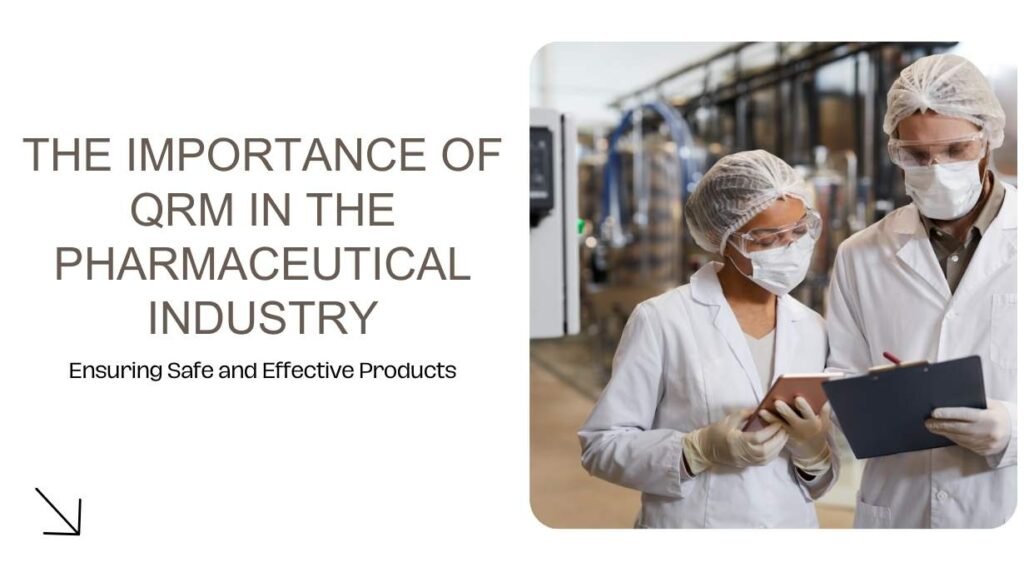
To ensure the effective implementation of quality risk management, it is essential to integrate it into existing quality systems within the pharmaceutical industry. This integration involves various aspects, including documentation and record management, quality assurance and quality control, training and education, and auditing and inspections.
Documentation and Record Management
Proper documentation and record management are essential for maintaining a comprehensive and traceable risk management process. Companies should establish procedures for documenting risk assessments, control measures, and communication activities. By organizing and maintaining accurate records, companies can demonstrate compliance with regulatory requirements and facilitate effective risk review and evaluation.
Quality Assurance and Quality Control
Quality risk management should be integrated into the overall quality assurance and quality control processes of pharmaceutical companies. This integration ensures that risk assessment and control measures are aligned with established quality standards. Regular audits and inspections can identify potential gaps in risk management practices and provide opportunities for continuous improvement.
Training and Education
Training and education play a critical role in promoting a culture of quality and risk management within an organization. Companies should provide employees with comprehensive training on risk assessment, control measures, and the overall risk management process.
By equipping employees with the necessary knowledge and skills, companies can ensure consistent implementation of risk management practices and enhance the effectiveness of their quality systems.
Auditing and Inspections
Auditing and inspections are important mechanisms for evaluating the effectiveness of quality risk management practices. Internal and external audits can identify areas for improvement and verify compliance with established risk management procedures.
Regulatory inspections assess the adequacy of risk management practices and ensure compliance with applicable regulations. By actively engaging in audits and inspections, companies can continuously enhance their risk management processes and maintain regulatory compliance.
FDA Guidelines for Risk Management Plans
The FDA has provided guidelines for risk management plans (RMP) to promote the safe use of pharmaceutical products. These guidelines outline various techniques and approaches for identifying, evaluating, and mitigating risks.
Risk Identification Technique
The risk identification technique provides methods for identifying risks that may affect the safety, quality, reliability, or durability of a product or process. It involves analyzing potential hazards and organizing risks for evaluation and response planning. Techniques such as hazard analysis and failure modes and effects analysis can be used to identify and assess risks.
Risk Evaluation Technique
The risk evaluation technique helps prioritize and assess the severity of identified risks. It allows project teams to quickly evaluate risks and determine their potential impact on the product or process. By assigning impact criteria and evaluating risks based on these criteria, companies can determine the severity and priority of each risk.
Impact Criteria Determination Technique
The impact criteria determination technique helps identify the areas or attributes of a project or product that may be affected by a risk or problem. It establishes criteria for evaluating the impact of problems or the potential impact of risks. Assigning impact criteria allows companies to determine the severity and priority of risks and allocate appropriate resources for risk management.
Risk Response Planning Technique
The risk response planning technique enables project teams to determine how they will respond to specific risks or problems. It involves developing appropriate strategies, such as accepting the risk, changing the product or process, avoiding the risk, or actively reducing the risk’s threat. By planning risk responses, companies can effectively manage risks and minimize their impact on the product or process.
Checklists for Risk Management Procedures
Checklists are useful tools for ensuring that all necessary risk management procedures are identified and completed. They can be reviewed at key milestones throughout the project to ensure that all aspects of risk management are addressed. Checklists provide a systematic approach to risk management and help companies stay organized and thorough in their risk management efforts.
The frequency of QRM reviews depends on the risk level. It’s important to continually monitor and reassess risk management outcomes, especially in response to new information or changes in the industry.
QRM plays a vital role throughout the product lifecycle, from development to post-market surveillance. It helps in identifying and mitigating risks during formulation, manufacturing, distribution, and monitoring of the product’s performance in the market, ensuring continuous quality and safety.
Yes, QRM strategies can vary based on company size, the complexity of products, and specific regulatory requirements. However, all strategies should align with international guidelines and best practices to ensure product quality and patient safety.
QRM practices prioritize risks based on their severity and likelihood. For rare but severe risks, a high priority is usually given, and robust mitigation strategies are developed, even if the probability of occurrence is low.
In global supply chains, QRM is crucial for managing risks related to product quality during transportation and storage, ensuring the integrity of products across different geographies, and compliance with diverse regulatory requirements.
Conclusion
Quality risk management is a critical aspect of the pharmaceutical industry, ensuring the safety, efficacy, and reliability of products. By following the guidelines provided by organizations such as ICH and the FDA, pharmaceutical companies can implement effective risk management strategies throughout the product life cycle.
From product development to manufacturing, distribution, and post-market surveillance, quality risk management plays a vital role in identifying, evaluating, and mitigating risks. By integrating risk management into their quality systems and continuously improving their processes, companies can enhance patient safety, maintain regulatory compliance, and protect their brand reputation.
With the advancement of technology, automated and digitized solutions offer new opportunities for improving risk management practices. By leveraging these tools and techniques, pharmaceutical companies can stay at the forefront of quality risk management and ensure the delivery of safe and effective products to patients worldwide.

